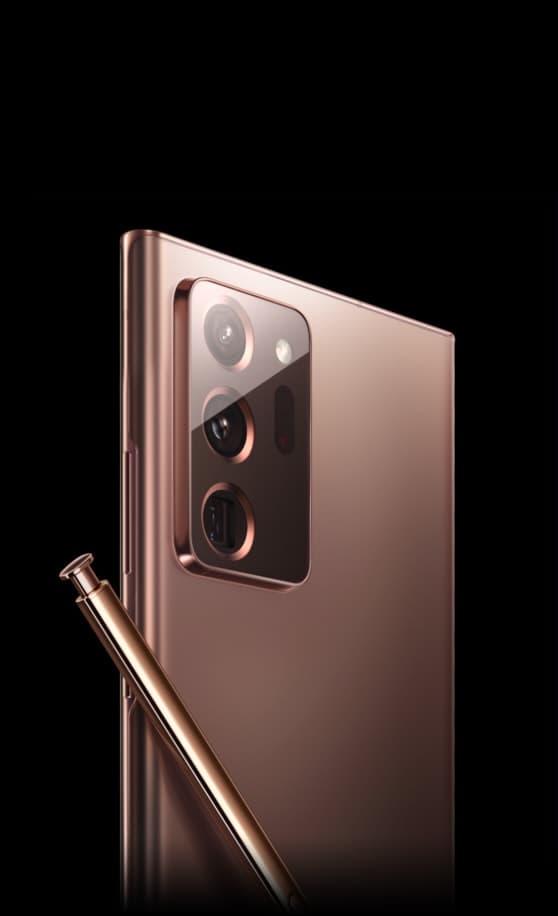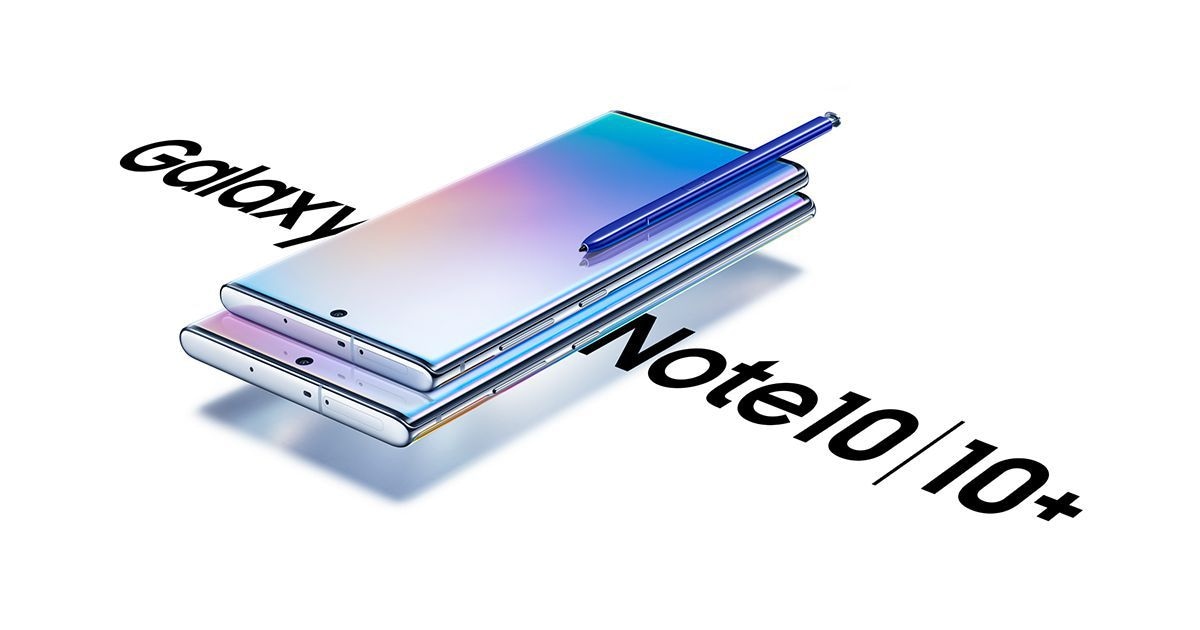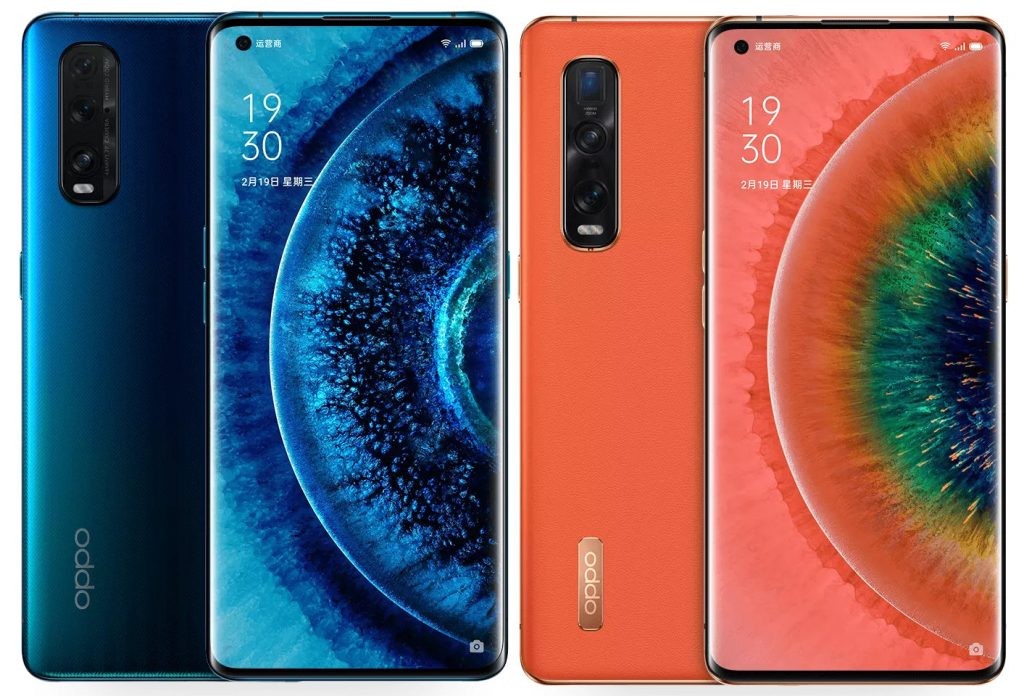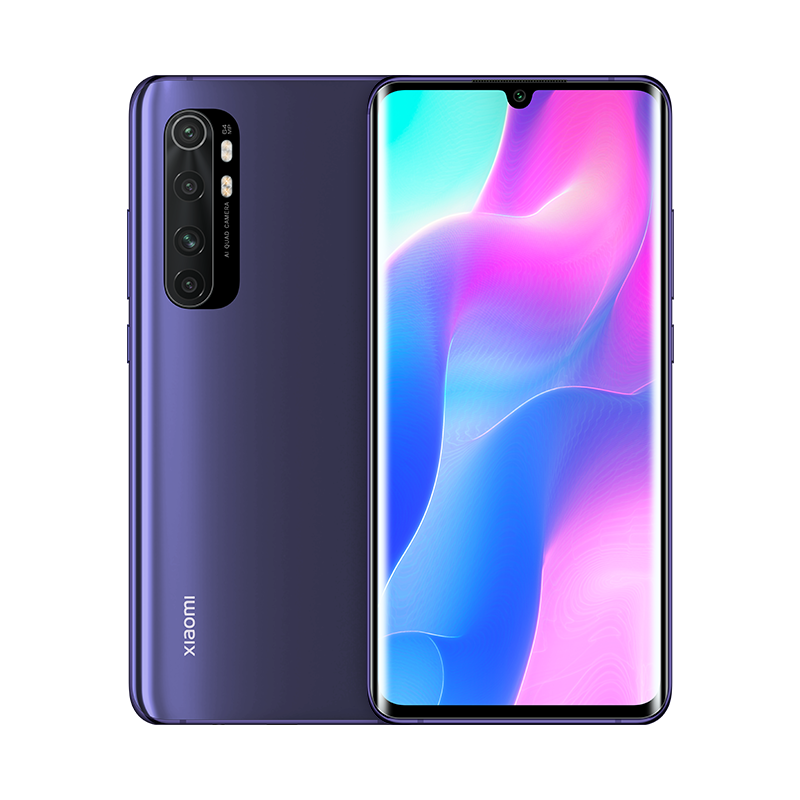Hello guys, In this blog we will show you the top 10 best phones launched in 2020
Smartphones are the users’ multi utility equipment. The entire activities now totally depend on its uses. Features like selfie shots with bokeh effect, operating process, RAM, memory sizes, etc have always been a matter of discussion while purchasing any phone. A user has to get satisfied with the features of a phone, that he buys. Buying mobile is not important, but the features owned by these gadgets have to be attractive. Based on the users’ demand, we introduce the best phones, which will certainly make you feel tempted.
- Samsung Galaxy Note 20/Note 20 Ultra 5G
Samsung recently announced the Galaxy Note 20 series and they will soon be arriving into the hands of business customers everywhere.
The Note 20 devices bring everything we saw on the S20 series with some improvements in the cameras. Of course, the S Pen is a staple of the Note series and with Note 20 we see more Air Actions that are actually proving to be quite useful and reliable this year.
Samsung's two Note 20 series devices are powered by a Qualcomm Snapdragon 865 Plus, unique AMOLED 6.7- and 6.9-inch 120Hz refresh rate displays that automatically adjust for the content being displays, 8GB and 12GB RAM, 128GB with a 512GB storage option for the Ultra with a microSD for even more capacity, three rear cameras, IP68 rating, Wi-Fi 6, and Bluetooth 5. Battery capacity is 4,300 and 4,500 mAh.
- Samsung Galaxy S20/S20 Plus/S20 Ultra
Samsung announced the Galaxy S20 series a month ago and phones are now available for consumers. After spending a few months with the S20 Ultra 5G, it is clear the phone is built for business and continues to be an excellent choice.
The focus on the S20 line this year is universal 5G and improved camera experiences. There are some focus issues Samsung is currently dealing with on the S20 Ultra and while you may not want to pay $1,400+ for that phone right now, the S20 Plus may be more appropriate.
Samsung's S20 series phones are powered by a Qualcomm Snapdragon 865, AMOLED 120Hz refresh rate displays ranging from 6.2 to 6.9 inches, 12GB RAM (with 16GB option), 128GB to 512GB storage options with a microSD for even more capacity, three rear cameras (the Ultra has unique camera specifications), IP68 rating, WiFi 6, and Bluetooth 5. Battery capacity ranges from 4,000 to 5,000mAh. The S20 does not support high band (mmWave) faster 5G networks so make sure you pick the device that will fit your network needs.
- LG V60 ThinQ 5G
The LG V60 ThinQ 5G is available from T-Mobile, AT&T, and Verizon. It's only available in the US from one of these wireless carriers, but it may appear as an unlocked model on Amazon in the future.
This latest LG V series device continues to focus on video creation with a triple rear camera system, 8K video recording, four microphones, ASMR and Voice Bokeh audio technology, and advanced camera software. It's also powered by a massive 5,000 mAh battery with a 1080p display so it is sure to help you capture hours of video content.
The LG V60 ThinQ 5G is composed of two pieces of Gorilla Glass 5 with a metal frame and is certified for shock resistance to MIL-STD 810G. LG's new phone has a 6.8-inch OLED panel, Qualcomm Snapdragon 865, 8GB of RAM, 128GB of internal storage with a microSD card, and 5G. A Dual Screen cover is included for the $900 price and gives you a large platform for serious productivity.
Along with 5G and a focus on video capture, the LG V60 continues LG's tradition of audio excellence with a 3.5mm audio port with quad DAC support and stereo speakers. It sounds great through the speakers, but the wired headphone experience is even better. It's one of the last phones remaining with a 3.5mm audio port so audiophiles are sure to be pleased.
- OnePlus 8/8 Pro
OnePlus rolled out its new 2020 phones with the OnePlus 8 and OnePlus 8 Pro, both compatible with 5G networks. T-Mobile carries the OnePlus 8 while Verizon has a unique version with 5G mmWave support.
This latest OnePlus flagship offers extremely responsive performance with its 90Hz and 120Hz displays, fast UFS 3.0 internal storage, generous RAM, and the latest Qualcomm Snapdragon 865 processor.
The phones are lovely with Interstellar Glow, Glacial Green, and other color options available. There are is a couple of different rams and internal storage options for each phone. With the size and battery capacity differences between the OnePlus 8 and 8 Pro, we also find some differences in cameras, display refresh rate, and wireless charging functionality.
- Samsung Galaxy Note 10/10 Plus
With the release of the Note 20 devices, Note 10 is available at reduced prices while still offering plenty for the mobile worker.
The Samsung Galaxy Note 9 sat on top of our 10 best smartphone list for much of the past year and was at the top of this list earlier this year. While the headphone jack is gone, everything else has been improved on the 2019 version of the Galaxy Note. The Note 10 is now offered in two variants, with the presence of a microSD card slot, display size, and battery capacity being the prime differentiators.
The Galaxy Note 10 Plus is an excellent enterprise smartphone with a Qualcomm Snapdragon 855 processor, massive amounts of RAM, fast internal storage, microSD card expansion, capable rear quad-camera system, and much more.
The Samsung Galaxy Note 10 has a Link to the Windows button in the quick controls area along with support for the latest version of DeX. Extending it to an external monitor with Samsung DeX is quick and easy, while also providing a full functioning desktop experience. The additional capability to charge up other devices and gear, such as the Galaxy Buds, via wireless technology on the back of the Note 10 is convenient for road warriors.
Note 10, starting with 8GB of RAM and 256GB of internal storage, starts at $949.99 while the Note 10 Plus with 12GB of RAM and 256GB internal storage starts at $1,099.99. There are also increased RAM and storage options for both devices, but the default base models offer ample RAM and storage for most users. The Note 10 Plus is available now from Samsung and all carriers. T-Mobile also has a 5G variant, priced at $1,299.99.
- Apple iPhone 11 Pro/Pro Max
The only differences between the iPhone 11 Pro and Pro Max are the display size and battery capacity. After going full circle, it's clear that the 5.8-inch model works best for me. There's a lot to be said for a phone that is easily pocketable and capable of satisfying people with smaller hands. It's usable with one hand.
Apple has once again shown it bests all other phones in benchmarking testing with the Apple A13 Bionic chipset. It has a fabulous OLED screen, a good-sized battery with a rating of four hours more than last year's iPhone, and new camera hardware (with improved software) to make it a very compelling flagship. It continues to get regular updates (one coming within the first week of release) and iOS apps are still better than comparable Android apps, despite the improvements in Android phones.
Face ID continues to be one of the fastest and most secure methods of maintaining security on your phone, and the version in the iPhone 11 Pro has been improved for better performance. Google may release an alternative with the upcoming Pixel 4, but current ultrasonic fingerprint scanners are not proving very reliable for consistent performance.
The iPhone 11 Pro starts at $999 while the iPhone 11 Max starts $1,099 for a minimal storage 64GB model. There are some attractive colors for enterprise users and compared to the iPhone 11, the Pro version is more focused on business users.
- Google Pixel 4A
Following last year's release of a couple of mid-level devices, Google recently launched the Google Pixel 4A. This year we do not see two models, one larger than the other, as Google went with a single device approach. Google will also be releasing a new Pixel 5 model soon too.
The Pixel 4A is powered by a Qualcomm Snapdragon 730G processor with a 5.81-inch display, 12.2MP rear camera, 8MP front camera, 6GB of RAM, 128GB of internal storage, stereo speakers, and 3,140 mAh battery. This is targeted to the masses and with Google's stunning camera software it is a tough phone to beat at the low $349 price.
There is only one color option, black, so your choices are limited to carrier, unlocked, or Google Fi service.
- Apple iPhone 11
While this list starts with the most powerful, and expensive, phones available, ZDNet's Jason Cipriani was right in stating that the Apple iPhone 11 is probably the best phone for most people. We typically see Apple keep prices the same, or increase them, each year, but with the iPhone 11, we actually saw a price drop of $50.
Unlike the terrible decision to launch the iPhone 11 Pro/Pro Max with 64GB and then charge a massive premium to upgrade to the next level of 256GB, Apple lets iPhone 11 buyers go from 64GB to 128GB for just $50. Thus, the iPhone 11 with 128GB is an excellent option for most people.
The iPhone 11 has a size between the 11 Pro and 11 Pro Max with long battery life, capable processor, several color options, and a rear dual camera setup. The iPhone 11 has an ultra-wide angle and standard rear cameras but doesn't have the 2x telephoto zoom lens found on the other new iPhone 11 models.
The iPhone 11 starts at $699 for 64GB with the 128GB model priced at $749. Six colors are available so there is one to appeal to everyone.
- Google Pixel 4 XL and Pixel 4
If you want an Android phone that will always have the latest firmware and security updates, while also offering a fairly stock experience, then nothing beats the Google Pixel 4 and 4 XL. These two phones are the same except for the overall size and battery capacity.
Google announced a Pixel 5 phone is coming, but we'll have to wait for more details shortly.
The Google Pixel 4 XL has a large 6.3-inch 18:9 display, Snapdragon 855 processor, 6GB of RAM, 64GB, and 128GB integrated storage, dual rear 16MP and 12.2MP cameras, 8MP front-facing camera, IP68 dust and water resistance, a 3,700mAh battery, and dual front stereo speakers. The smaller Pixel 4 has a 5.7-inch display and a smaller 2,800mAh battery while the rest of the specs are the same as the XL model.
It's too bad we see storage start at just 64GB, especially with Google no longer providing a free unlimited full-resolution backup of your photos. Battery life is a concern for both the Pixel 4 and 4 XL, especially when compared to other flagships in this price range that will power you through at least a day of use.
In addition to the software being a focus for Google, the camera is another reason to buy the Pixel 4 or 4 XL over other better smartphone hardware. However, while others have phones with three or four rear cameras, Google added just one and went with telephoto over an ultra-wide-angle so the utility of the Pixel 4 cameras may not be as great as what you get on other smartphones in this list.
The smaller Pixel 4 starts at $799 while the Pixel 4 XL starts at $899 for the 64GB model. They are both powered by Android 10 and will receive OS upgrades for three years. Monthly Android security updates are the most important software support for the enterprise since major firmware updates tend to break things and be less stable immediately after release.
- Apple iPhone SE (2020)
Apple isn't known for making affordable phones, but the iPhone SE is a perfect option for those who want an iPhone experience without paying high prices. As a person who primarily uses Android phones, it is also a great option as a second phone for those times you want to use iOS.
The iPhone SE is smaller than nearly all other modern phones and looks like an iPhone 8 on the outside. However, it is the inside that matters here with the Apple Bionic A13 processor, high IP67 dust/water resistant rating, and very capable 12-megapixel camera. You won't find a budget Android phone with all of these features at this price and it's wonderful to see Apple offering up such a solid affordable option at this time.
Apple iPhone fans will still likely want an iPhone 11 or something greater, but this is a great option for a first iPhone and one for those who just don't want to give up on a Touch ID button.
- Oppo Find X2 Pro
Oppo's most premium and accomplished smartphone
This is the highest we've ever had Oppo rank on our best phone list, and that's because the Oppo Find X2 Pro is the most accomplished phone from the manufacturer so far.
You'll find a top display, processor, camera, and much more on the Oppo Find X2 Pro that justifies its high price tag. The battery life isn't fantastic, but otherwise, this is one of the very best phones on sale right now.
Release date: June 2020 | Weight: 200/217g | Dimensions: 165.2 x 74.4 x 8.8/9.5mm | OS: Android 10 | Screen size: 6.7-inch | Resolution: 1440 x 3168 | CPU: Snapdragon 865 | RAM: 12GB | Storage: 256/512GB | Battery: 4,260mAh | Rear camera: 48MP, 13MP, 48MP | Front camera: 32MP
- Xiaomi Mi Note 10
A top choice for an affordable Android phone
The Xiaomi Mi Note 10 is close to perfection, but it just doesn't quite make that. That said, we gave it a 4.5-star review, and it's a cheaper alternative to a lot of the other phones you'll find on this list. For those two reasons, this may be your next smartphone.
- Sony Xperia 1 II
The best for a niche crowd
Sony is back in the game with the Xperia 1 II, and this is the best phone from the company for some time. After a few years of struggling, the Xperia 1 II is a bonafide classic return to form but it's remarkably expensive for what it offers.
It's designed for a very particular customer, but if you're after a phone that has a super-wide display and a variety of other benefits this may be the phone for you.
Release date: May 2020 | Weight: 181.4g | Dimensions: 165.1 x 71.1 x 7.6 mm | OS: Android 10 | Screen size: 6.5-inch | Resolution: 1644 x 3840 | CPU: Snapdragon 865 | RAM: 8GB | Storage: 256GB | Battery: 4,000mAh | Rear camera: 12MP + 12MP + 12MP | Front camera: 8MP
Release date: November 2019 | Weight: 208g | Dimensions: 157.8 x 74.2 x 9.7mm | OS: Android 9 | Screen size: 6.47-inch | Resolution: 2340 x 1080 | CPU: Snapdragon 730G | RAM: 6GB | Storage: 128GB | Battery: 5260mAh | Rear camera: 108MP | Front camera: 732MP
- Huawei P30
Huawei P30 smartphone was launched in March 2019. The phone comes with a 6.10-inch touchscreen display with a resolution of 1080x2340 pixels. Huawei P30 is powered by a 1.8GHz octa-core HiSilicon Kirin 980 processor that features 2 cores clocked at 2.6GHz, 2 cores clocked at 1.92GHz, and 4 cores clocked at 1.8GHz. It comes with 6GB of RAM. The Huawei P30 runs Android Pie and is powered by a 3650mAh battery.
As far as the cameras are concerned, the Huawei P30 on the rear packs a 40-megapixel primary camera with an f/1.8 aperture; a second 16-megapixel camera with an f/2.2 aperture, and a third 8-megapixel camera with an f/2.4 aperture. The rear camera setup has autofocus. It sports a 32-megapixel camera on the front for selfies, with an f/2.0 aperture.













